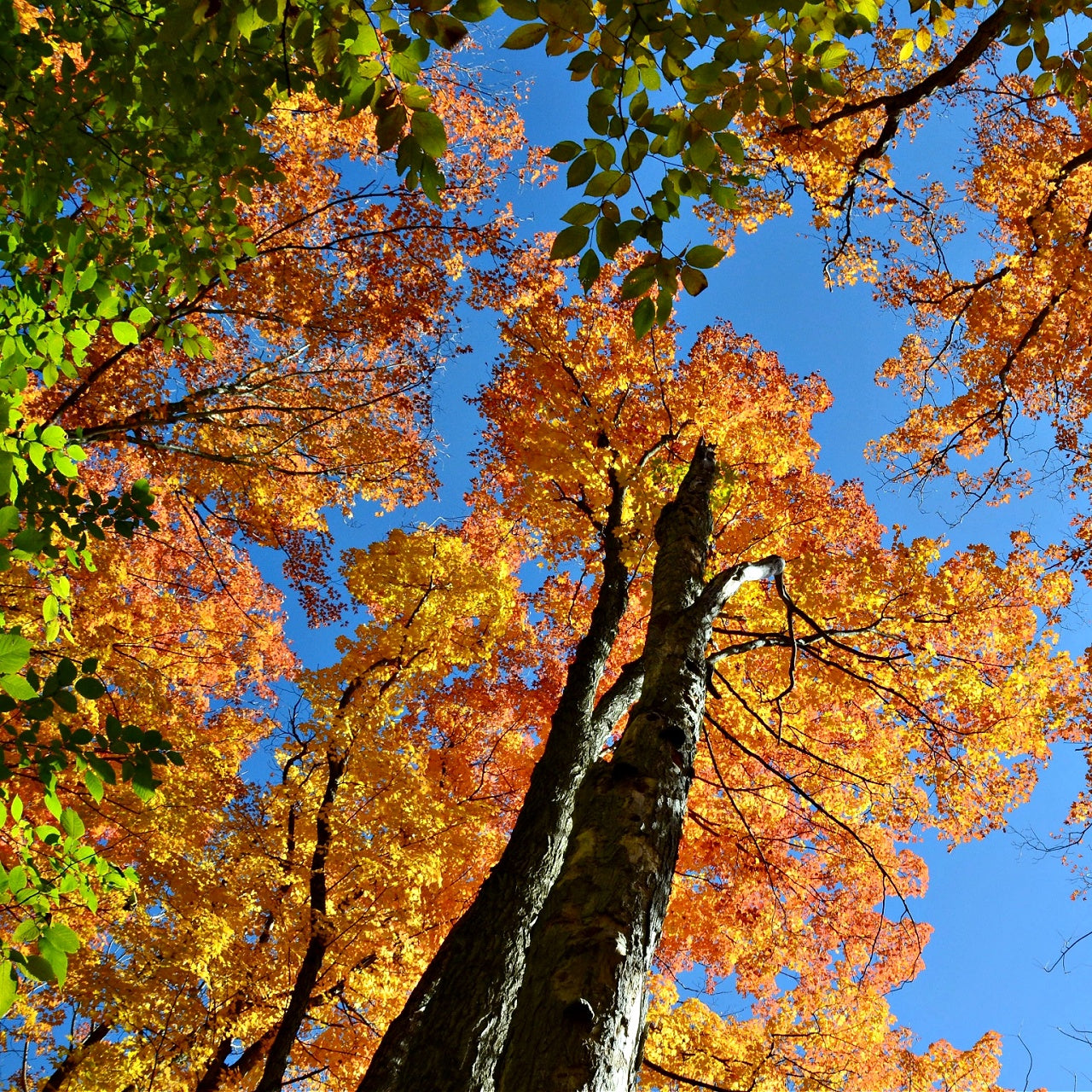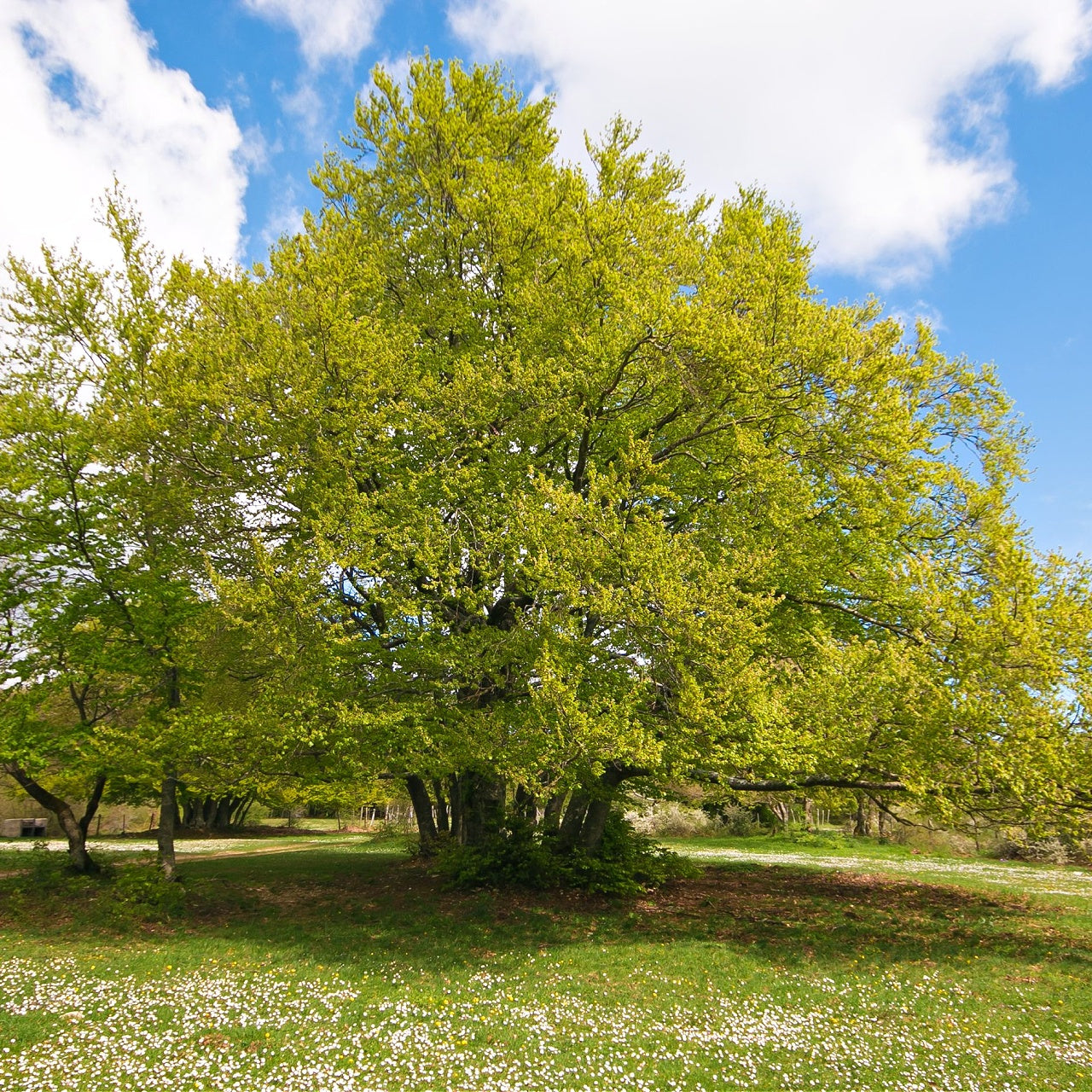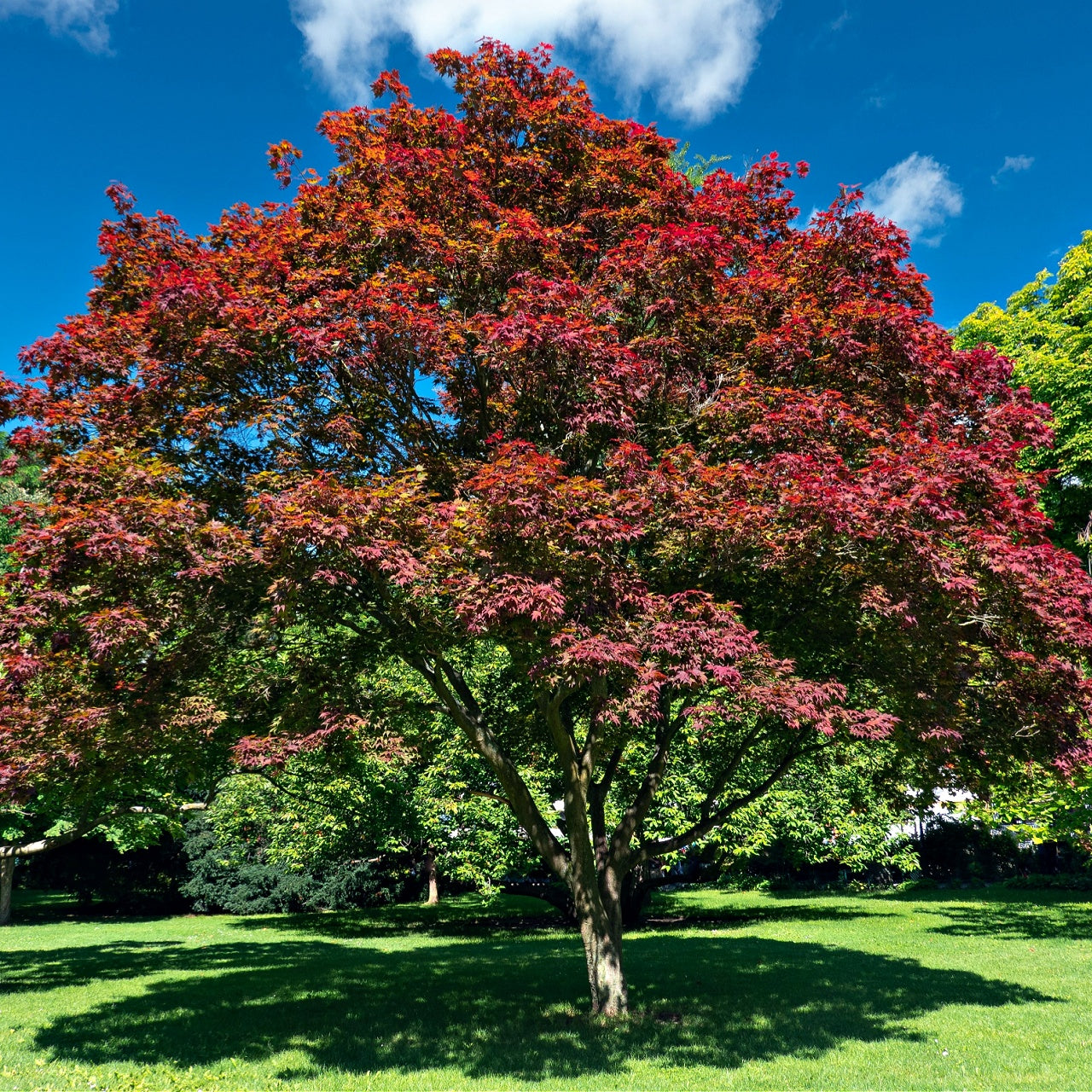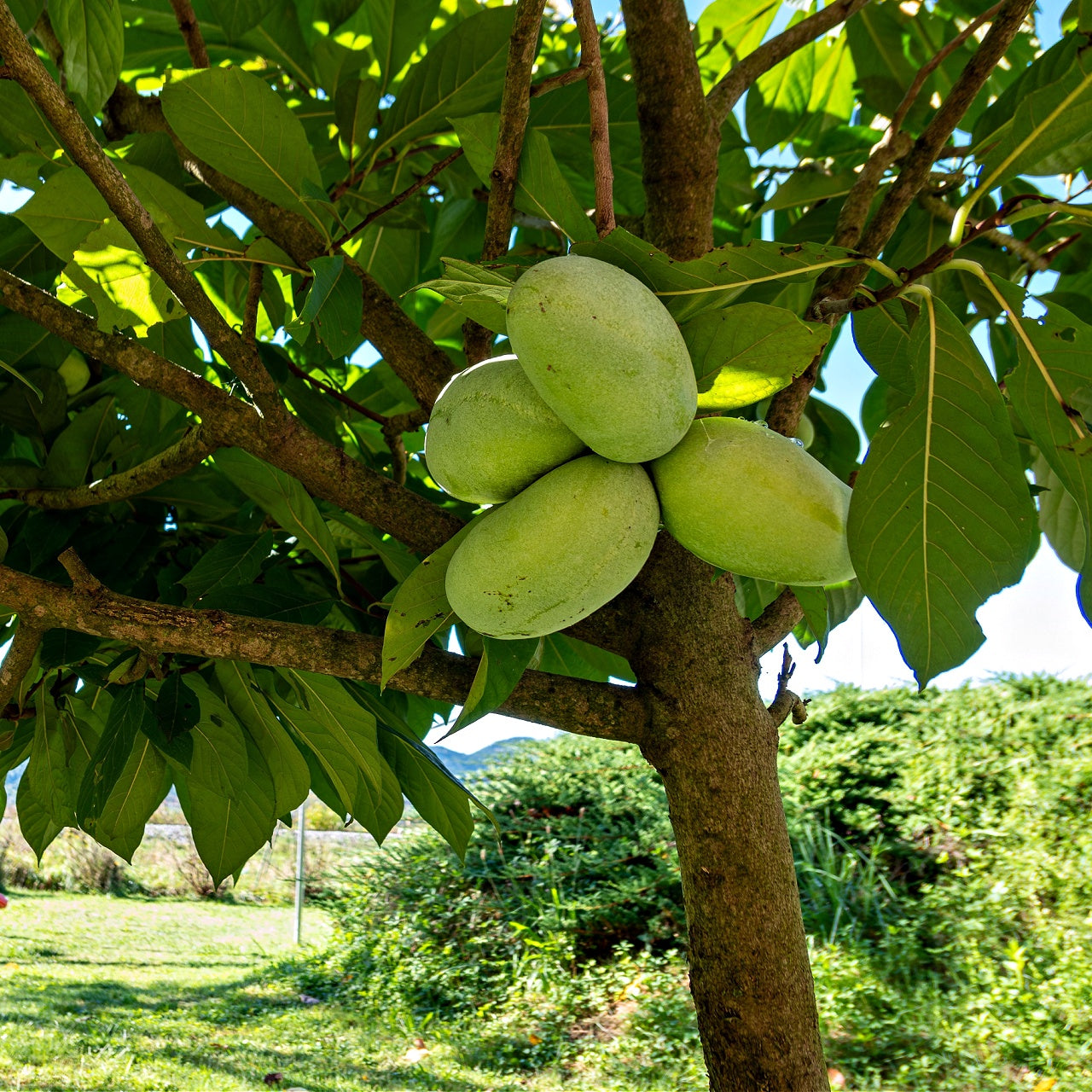
The Magic of Mini Indoor Gardens
The Magic of Mini Indoor Gardens
The Visual Appeal of Indoor Terrariums and Bottle Gardens
For centuries, indoor terrariums and bottle gardens have fascinated hobbyists and nature lovers by displaying lively miniature ecosystems in self-contained spaces. Glass-enclosed gardens enable indoor plant life to thrive even in locations where sunlight and air circulation are insufficient. These miniature ecosystems demonstrate nature's power to adapt and endure despite their limited size. The shining sunlight passing through transparent walls illuminates tiny ferns and mosses or succulents with a warm glow, which shows people that vibrant life can thrive even in small spaces. As time passes, these miniature worlds transform into personal expressions that showcase the keepers' tastes and botanical interests alongside their artistic creativity. Terrariums and bottle gardens serve as visually engaging displays, allowing people to study plant interactions within controlled environments while providing practical knowledge about moisture retention and soil composition alongside plant life cycles.
The Enchantment of Self-Sustaining Ecosystems
The ability of indoor terrariums and bottle gardens to maintain themselves without external help is one of their most captivating features. Sealed enclosed habitats create their tiny water cycle because moisture evaporates and condenses on the glass before it flows back to the soil to maintain plant hydration. The precise equilibrium within a sealed bottle garden allows it to maintain plant health for extended periods that can last months or years without much human intervention. The plants inside must establish mutualistic connections that prevent any one species from dominating and sustaining balance within their tiny ecosystem. Observing plant growth changes through controlled airflow and light exposure allows you to explore natural processes typically hidden from view. These self-regulating systems captivate researchers studying scientific phenomena and appeal to busy individuals who don't have the time to perform regular watering and pruning tasks.

Design Principles for Successful Indoor Terrariums
Creating a successful terrarium requires more than just placing plants inside a container. Selecting the correct container is essential because it affects visual appeal, air circulation, and moisture levels. Compact containers boost humidity levels but restrict plant growth potential, while bigger containers offer extended root space for plant expansion. Terrariums depend on their soil and drainage foundations, which include a stone base that stops root suffocation from excess water and an activated charcoal layer that restricts bacterial development. When selecting terrarium plants, they must match environmental requirements, including humidity tolerance and light preferences. Humid terrariums often contain ferns, mosses, and peperomias, whereas cacti and succulents thrive better in open terrariums with less moisture. By organizing plants in different heights and textures, you can create visual depth, which allows every plant species to display its distinctive beauty. While enthusiasts personalize their terrariums with decorative items such as miniature figurines or stones, users must avoid overcrowding the container. Plants' strategic choice and positioning create an enchanting landscape that appears natural and magical to observers who imagine hidden forest scenes or desert oasis views.
Maintenance and Long-Term Care
The maintenance of terrariums requires regular attention despite the appearance of being a low-maintenance gardening method. Appropriate lighting is essential because insufficient light results in weak plant growth, while direct sunlight can cause overheating and damage the fragile leaves. Terrariums need gentle indirect light near bright windows for optimal growth, but some species perform better under small LED grow lights. It is essential to check the glass since high humidity levels can result in excessive condensation. Reducing moisture levels inside closed terrariums requires opening the lid briefly to prevent mold and fungal problems from establishing. Pruning prevents unrestrained plant growth and stops nutrient competition among plants. Eliminating yellowing leaves and decaying parts immediately maintains environmental health while preventing pest infestations. Careful watering practices involve using limited water amounts distributed across long periods. When the soil looks waterlogged, you should wait until you have watered it. A terrarium's appeal comes from its continuous development, which remains lively for many years with proper care.
Terrarium care appeals to enthusiasts who consider it a scientific practice and an artistic endeavor. Through experimentation and detailed observation, one can learn about every aspect of container choice, plant selection, and environmental adjustments. The enjoyment of tending to terrariums comes from achieving the ideal combination of light levels, humidity, and temperature settings. Maintaining terrariums and bottle gardens requires minimal watering and weeding, allowing observers to engage in patient study of their development. Maintaining terrariums develops a stronger mindfulness and understanding of natural complexity. Caretakers of miniature gardens learn to leave behind their daily schedules to notice delicate transformations like the emergence of new fronds or roots expanding into the soil. Gardening at this slower growth rate promotes a quiet and intentional style while transforming the terrarium into a restful relaxation center.
Terrariums are a practical investment as they clean indoor air while boosting humidity levels in dry indoor spaces. While small terrariums cannot replace complete air filtration systems, they absorb pollutants and improve environmental quality. Live greenery provides a refreshing escape from the synthetic materials and electronic devices in modern living spaces. People who want to incorporate botanical elements into their homes often choose terrariums because they fulfill their needs without requiring the extensive space or maintenance of traditional gardening. Observing leaves covered in morning dew reminds us that growth persists even within our homes' smallest nooks.
Creating terrariums allows people to engage their creative skills together. People can strengthen their relationships by picking terrarium containers or finding unique stones and decorative items to position between the plants. Creating a collaborative experience during terrarium making involves using creativity, personal preferences, and a collective desire to expand knowledge about natural environments. The activity stimulates discussions about environmental preservation methods, plant variety, and the necessity of balance within ecological systems. Design enthusiasts often pursue ornamental features, while others explore how specific ferns enrich moss growth or how small insects control fungal growth. The container size limits physical space but expands educational opportunities.
Integrating indoor terrariums or bottle gardens into your everyday environment creates a stunning blend of nature within your daily life. These tiny ecosystems serve as a serene presence and educational tool while offering creative possibilities. Looking through the misty interior reveals an ongoing story of growth and decay alongside moments of rebirth. Within this environment, humidity levels constantly change while leaves continue developing, and the life cycle goes uninterrupted. A small enclosed garden is a practical means for people who desire a closer bond with the natural world to achieve meaningfully. This observation highlights nature's capability to adapt while underscoring the power small ecosystems possess to thrive with careful attention. You can pick a grand ornate terrarium for your room's focal point or an essential reused bottle for your workspace. Yet, the captivating charm of these miniature ecosystems persists as they welcome you to take on both creative and nurturing roles within their perpetual cycle of life.
Create a Corner of Enchantment
You can create a magical mini indoor garden in a small area of your home with affordable resources when you apply creative and resourceful techniques. Start with choosing a location that receives plenty of indirect sunlight or supplement it with a grow-light bulb installed in a lamp. You don't need to worry about small spaces because creative thinking can transform a single windowsill or unused corner into a lush indoor garden. Create an enchanting atmosphere by adding diverse textures and decorative elements at various levels that inspire wonder while remaining cost-effective.
Begin your project by collecting items at home that can serve as planters, like old teacups, repurposed glass jars, wooden boxes from thrift stores, and tin cans. Any container becomes a whimsical planter when you add proper drainage or place pebbles at its base. Different containers provide visual appeal and establish the groundwork for creating a captivating display. Add a magical touch to your planters by decorating them with miniature stones and lace or ribbon remnants you discover in drawers or purchase at garage sales. To achieve a natural appearance in your planter design, collect small rocks, driftwood, driftwood, and Andes during outdoor walks to enhance the surrounding foliage.
Your mini corner garden should be layered purposefully to attract attention. To build distinct levels in your arrangement, you can use a small step stool or stack reclaimed crates, adding depth and dimension. Experiment with placing your containers by setting some low to the ground and elevating others higher. You can achieve a miniature forest impact using the layering effect or create a magical fairy grotto appearance. Your pots will develop softness and an ethereal ambiance when you place sustainably collected or preserved moss pieces among them. Adding moss patches throughout planters alongside textured elements will turn an ordinary planter arrangement into an extraordinary scene.
Lighting is essential in creating a magical atmosphere. Expensive lighting systems are not required to make your plants shine. Inexpensive fairy lights and small clip-on grow lights give your corner garden soft illumination. The presence of a nearby lamp with a standard bulb socket allows you to enhance lighting for indoor plants through an affordable grow-light bulb replacement. Your plants receive extra growth support, and your display benefits from enchanting warm lighting.
Bring the space to life with miniature decorations that bring joy. Discover inexpensive gems by collecting miniature sculptures, marbles, and handmade clay shapes. Children at home or crafting enthusiasts can make their delightful handmade accessories. Add miniature doors, lantern fixtures, and stepping stones to integrate them into your plant environments. Thanks to these playful details, your corner garden will transform into a lively space full of magic.
When combined with artistic creativity, repurposed materials, and clever upcycling can create a magical indoor garden while maintaining low expenses. Maintain your plants with consistent misting or gentle watering, and adjust the lighting to transform your neglected corner into an enchanting oasis that adds wonder to your daily life.






